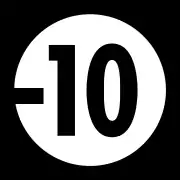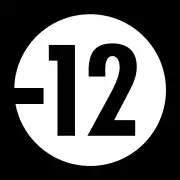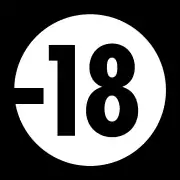Conseil supérieur de l'audiovisuel
The Conseil supérieur de l'audiovisuel (French: [kɔ̃sɛj sypeʁjœʁ də lɔdjɔvizɥɛl], lit. Superior Audiovisual Council), abbreviated CSA, was a French institution created in 1989 whose role was to regulate the various electronic media in France, such as radio and television. The creation of the Haute Autorité de la Communication Audiovisuelle was a measure founded in the Socialist Party's electoral program of 1981, called 110 Propositions for France.
 Last logo of the Conseil supérieur de l'audiovisuel. | |
| Industry | Administration publique générale |
|---|---|
| Predecessor | Commission nationale de la communication et des libertés |
| Founded | January 17 1989 |
| Defunct | December 31, 2021 |
| Fate | The CSA was merged with the HADOPI law to create the Regulatory Authority for Audiovisual and Digital Communication. |
| Successor | Regulatory Authority for Audiovisual and Digital Communication |
The CSA replaced the Commission Nationale de la Communication et des Libertés (CNCL), which itself replaced the Haute Autorité de la Communication Audiovisuelle, created in 1982 to supervise the attribution of radio frequencies to the private radio sector, which was judged better than allowing the anarchic creation of the radios libres ("free radios"), mainly composed of amateurs and NGOs.
The CSA always acted after content was shown on a TV channel or heard on a radio, so it was not an instance of preventative censorship . Notably, the CSA asked the Government of France to forbid Al-Manar TV in 2005 because of charges of hate speech; it also claimed that MED TV was close to the Kurdish PKK, on grounds not of "evidences" but of "concording elements".[1][2]
On September 24, 2019, Franck Riester announced that the bill relating to audiovisual communication and cultural sovereignty in the digital age examined by the National Assembly in the first half of 2020 would include the merger of the CSA and HADOPI to form the Regulatory Authority for Audiovisual and Digital Communication (Autorité de régulation de la communication audiovisuelle et numérique; ARCOM).[3] The bill is put on hold until April 8, 2022 when it is presented to the Council of Ministers under the name "bill relating to the regulation and protection of access to cultural works in the digital age".[4] The merger became effective on January 1, 2022.[5]
Last members
(as of December 2021)[6]
- Roch-Olivier Maistre (president)[7]
- Carole Bienaimé-Besse
- Nicolas Curien
- Hervé Godechot
- Michèle Léridon
- Jean-François Mary
- Nathalie Sonnac
Pictograms
The following pictograms are proposed to the different TV channels. Channels are responsible for displaying the right pictogram depending on the show and its time of broadcast. Note that –18 can be either non-pornographic (like the movie Ken Park) or pornographic.
 Discouraged to persons under 10
Discouraged to persons under 10 Discouraged to persons under 12
Discouraged to persons under 12 Discouraged to persons under 16
Discouraged to persons under 16 Discouraged to persons under 18
Discouraged to persons under 18
See also
References
- Les Kurdes privés de leur télé, L'Humanité, 23 February 2004 (in French)
- Medya TV CEO Denies Links with PKK Archived 2016-03-03 at the Wayback Machine, Clandestine Radio, 25 February 2004 (in English)
- Rees, Marc (2019-09-25). "L'Arcom, fusion de la Hadopi et du CSA". www.nextinpact.com (in French). Retrieved 2022-01-16.
- "Présentation en conseil des ministres du projet de loi relatif à la régulation et à la protection de l'accès aux œuvres culturelles à l'ère numérique". www.culture.gouv.fr (in French). Retrieved 2022-01-16.
- "Le CSA et l'Hadopi deviennent l'Arcom : ce qu'il faut retenir - Le CSA et l'Hadopi deviennent l'Arcom". www.csa.fr (in French). Retrieved 2022-01-16.
- Composition du CSA, Official website of the CSA, February 2019 (in French)
- "Roch-Olivier Maistre président du CSA : le parlement confirme", France Info, 30 January 2019 (in French)